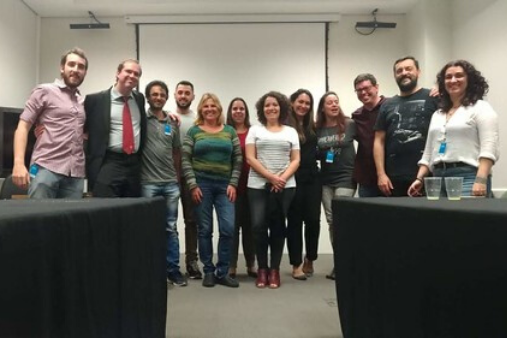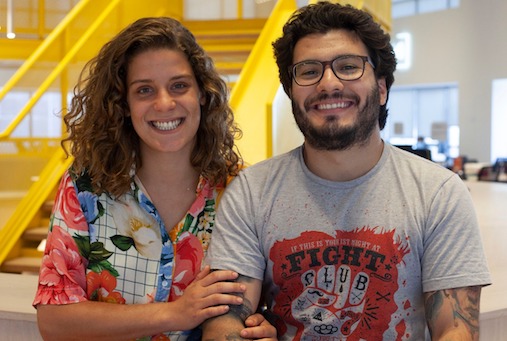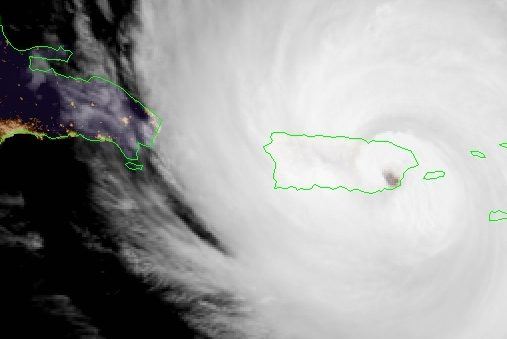
Rumors about alleged connections between vaccines and autism, miraculous cures for chronic diseases, and the questioning of global warming brought about by human action, spread easily through social networks. Faced with these and other challenges, communicators who are dedicated to science journalism in Latin America seek to strengthen themselves through networks and associations.

Between June 2017 and May 2018, more than 73,000 documents were kept under secrecy by the Brazilian government, but there is little transparency regarding the reasons for doing so, according to the site Fiquem Sabendo.

The CNN news network licensed its brand for operation in Brazil starting the second half of 2019. The channel CNN Brasil will be managed by a new media company, according to an announcement made via Twitter.

Independent media in Nicaragua need technical resources, an international forum and greater visibility in the international press to guarantee the continuity of their work and to attract the attention of the world to the critical situation that journalists are experiencing in the country.

Journalists in Spanish- and Portuguese-speaking countries can now access a database of collaborative journalism in their local languages.

Eleven media outlets from Latin America worked on the latest transnational investigation spearheaded by the International Consortium of Investigative Journalists (ICIJ).

After the Puerto Rican government published that the passage of Hurricane Maria over the island left only 64 people dead, local media such as the Center for Investigative Journalism (CPI, for its initials in Spanish) began to question official statistics and to investigate further.
In 2018, access to the internet and the possibility of expressing yourself through various platforms and social networks, like blogs, Tumblr, Facebook and Twitter are almost expected by a significant portion of the Latin American population.
Since 2013, Agência Pública has raised more funds through collective financing on the Catarse platform, the largest in Brazil, than any other journalistic organization. We held three campaigns, one every two years, to finance our Reportagem Pública (Public Report) project. In total, 2,429 readers supported us with R $231,167 (about US $67,000).
It seems like stories with a global impact, like the Panama Papers, awoke a sleeping lion in Latin America so that all kinds of journalistic collaborations are now being produced. There are many who want to replicate this emblematic case, and some believe that it is a matter of simply applying magic formulas and voilà! You have a high-impact story.
Latin American innovators talk comic journalism, interactive graphics, transnational collaboration and diversifying revenue models
Over the span of one year, U.S.-based Spanish-language broadcaster Univision and Salvadoran digital investigative site El Faro partnered to investigate and map the experience of Central American refugees. The result is a bilingual four-part multimedia project released in October, “From Migrants to Refugees: The New Plight of Central Americans,” which profiles several refugees from the region at different stages in their journey to safety.